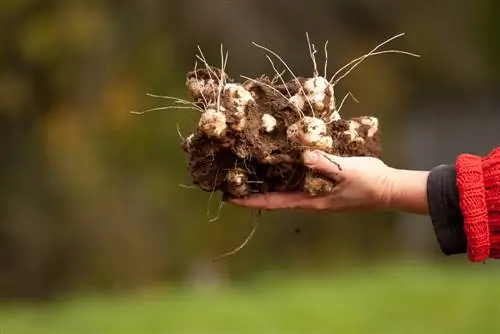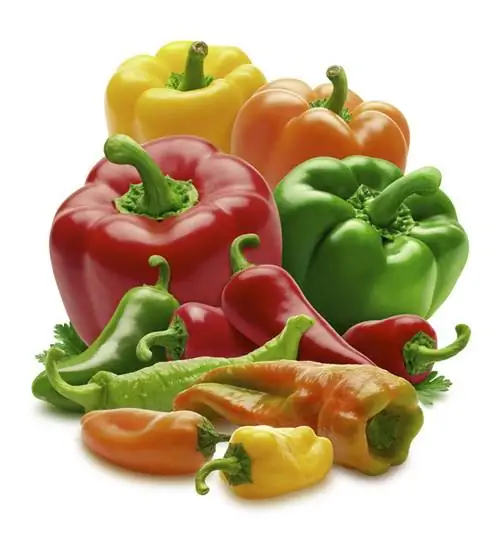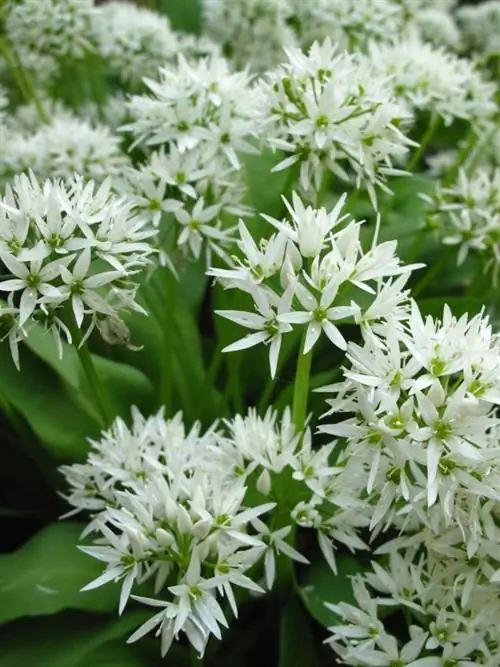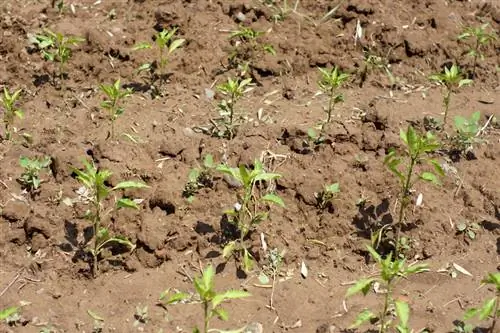- Author admin [email protected].
- Public 2023-12-16 16:46.
- Last modified 2025-01-23 11:22.
Jerusalem artichokes are expensive in delicatessen shops. The root vegetable has a flavor reminiscent of artichokes, potatoes and kohlrabi. Growing this Jerusalem artichoke in the garden is easy because the plant is undemanding and easy to care for.
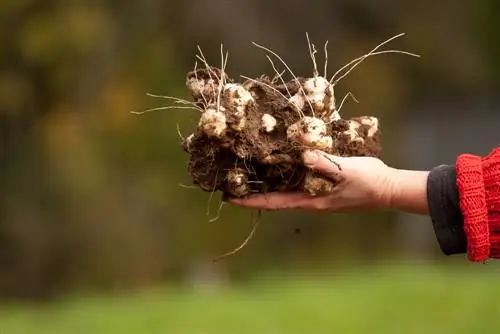
How to care for Jerusalem artichoke root in the garden?
Jerusalem artichoke (Helianthus tuberosus) is an undemanding root vegetable plant that grows in almost all soils. Planting is ideally done in spring or autumn. Easy to care for, Jerusalem artichoke thrives well in mixed cultures. The harvest begins in October, when the above-ground parts of the plant turn brown.
Claims
Jerusalem artichoke is easy to grow in the garden because it thrives in almost all soils. The plant spreads through underground runners. Ideally, the subsoil provides sandy, humus-rich and moderately calcareous conditions. In winter the root nodules remain in the ground. They sprout reliably in spring even after harsh winter months.
Planting
From mid-March to the end of April is the ideal planting time, although you can also plant the tubers in the ground in autumn between October and November. Enrich the bed with compost beforehand. You should avoid an excessive supply of nitrogen, as this causes the daisy family to proliferate.
How to plant correctly:
- Create rows 50 centimeters apart
- Place roots 60 centimeters apart
- Make sure the planting depth is five to ten centimeters
Welcome neighbors
Helianthus tuberosus grows as a privacy hedge on the edge of the property and enjoys the company of shrubs or perennials. The planting neighbors should have similar requirements for the location. At the same time, you have to consider the maximum growth heights of up to three meters so that the mixed crop plants get enough light. Currants and raspberries prove to be just as suitable as hazelnuts or fruit bushes. Rhubarb also grows well among the daisy family.
Care
Check the bed regularly for weeds and pull them out of the substrate if necessary. As soon as the seedlings have developed the first real leaves, they deprive the weed seeds of light to germinate. The plants require irrigation during long dry periods or on very sandy soils. Otherwise the rainwater is sufficient. An occasional application of compost provides the vegetables with important nutrients in the long term. By piling up the plants, similar to potatoes, you increase crop yields.
Tip
In the next few years you can pull out excess shoots when they are knee high. This will thin out the crop and ensure better tuber development.
Harvest
Usually Jerusalem artichoke can be harvested as soon as the above-ground parts of the plant turn brown. This process occurs from October onwards for most varieties. You can dig up the root tubers from the frost-free ground at any time. Each rhizome planted produces ten times the crop yield. Use a digging fork to get the rhizomes out of the soil.
Store correctly
The storage life of Jerusalem artichoke is not very long because the tubers have a thin shell. Store them unwashed and pay attention to cool and moist conditions. The harvest can be stored in the soil like vegetables.

